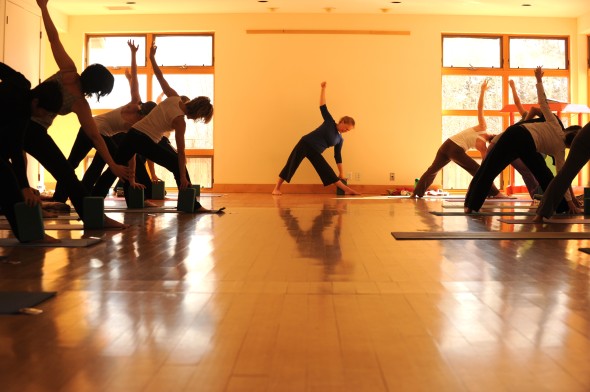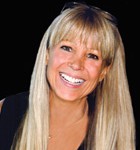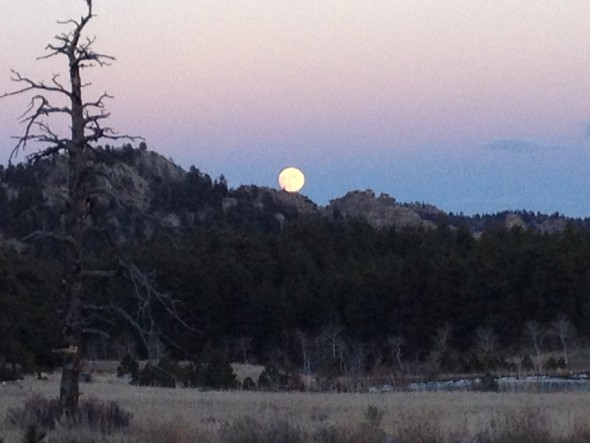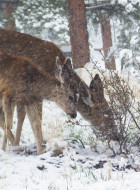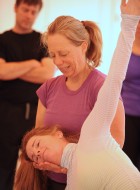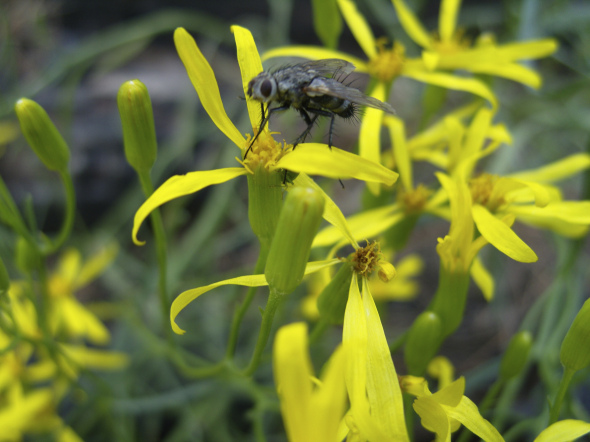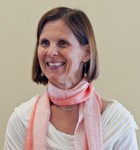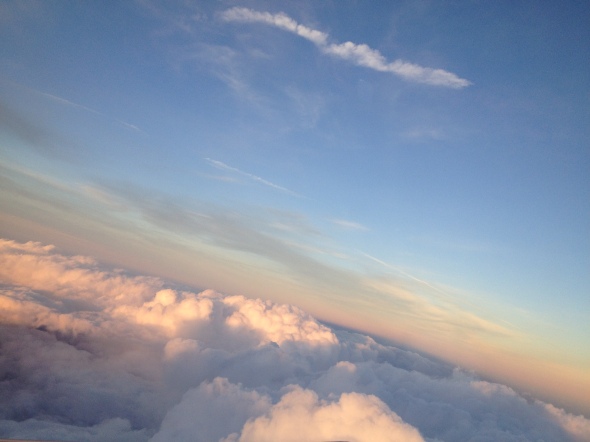By Katharine Kaufman
Katharaine Kaufman will be leading FLOW: A Meditation and Yoga Retreat, April 25-27
I start in stillness. Then I recognize I am breathing. The breath appears to be more clear—prominent. I recognize a sense of body—what is touching the ground, what is a little snug, what feels tired. Hello body. I relax my jaw and shoulders and along with this, discursive movement relaxes too. Breathe out. I am landed. Where does movement start? Mind? A reflex? Breath? I move not because I am uncomfortable and want to change my posture. I move because I am curious. I am looking for what my mentor, Barbara Dilley, calls, “kinesthetic delight.”
I open my peripheral view to the others in the room. Pretty soon we are moving through space, slowly, and somewhat together. I don’t have to hold this body up—by myself. I think of my yoga teacher, Richard Freeman who always said we can “ride the breath.” And there’s a sense of support from the group. When we slow our movement we can take care of ourselves as we enter and leave the poses. When we slow even more we don’t need to push at anything. The breath seems to carry us. Gravity seems friendly.
The creative yoga sequences are funny— and there is some laughter, and a few groan as someone is challenged with how to unwind from a pose. When we enter a twisted posture it seems that the breath is all that moves. Our entire body works as a unit in strong poses. When we balance there is a tremor. Someone who usually toughs it out chooses to rest for a while and then joins a little later. So it goes—starting simply, we move into more complex poses and then return to the simplicity of sitting or standing, or lying. We have been around the block -–looked into our alleys and windows… With each sun-salutation, plank pose, and savasana we feel both the limits of our movement and the expansiveness—We know ourselves as moving beings. After all this moving it feels natural to sit, so we do.
This is what we do with our short time together. This is practice. The land supports us in our practice. The staff understands. They are friendly and gentle. Other programs support us in our practice and the practice itself supports our practice. Zen Master, Kobun Chino said, “practice is a fancy word.” It’s not special. It’s ordinary and visceral. We have the opportunity to go to the depths as well as shallows, and to let our recognition of each current exploding moment expand us.
Then there are meals –beautiful vegetarian meals —waiting for us. We walk in the springtime mountains. Are there flowers yet? I forgot. It has been a long time. Maybe there is a puffy spring snow that melts as it touches the ground.
After lunch I walk up to the stupa and around the perimeter a few times. I only hear the sound of my steps on the gravel so I try to walk more softly to match the silence. This allows me to really feel each step and swing of arms, legs. The wind shoots through the land. I realize I don’t know much about wind, this land, myself…I find this hysterical and burst out in a big laugh. When I enter the stupa I am surprised by a rush of energy and clarity as I sit, facing the mystery of who I am, what phase I am in. I feel the vulnerability of this human life. Here, I don’t need much to be satisfied.
Being removed from my habitual routes and places gives me the opportunity to look at my thoughts, body, relationships, and days from a bigger perspective. Questions arise as we move through our practice—in relationship with our own mind and body. They are questions that can be translated to our lives. I may ask, Where is space in this back bend? What flows? What is necessary? With what kind of energy and awareness am I stepping on the ground? How gracefully do I perform these stops and starts? Can I let go here—and here? Is my movement too swift for how my body really feels? The questions are enough. They don’t require answers.
Katharaine Kaufman will be leading FLOW: A Meditation and Yoga Retreat, April 25-27 — click here to learn more
~~~
 Katharine Kaufman, MFA, is ordained as a priest in the Soto Zen lineage. She studied Yoga in India and practiced and taught for many years at Richard Freeman’s Yoga Workshop and Wendy Bramlett’s Studio Be. Katharine is an adjunct professor at Naropa University where she teaches Contemplative Movement Arts and is a student of poetry.
Katharine Kaufman, MFA, is ordained as a priest in the Soto Zen lineage. She studied Yoga in India and practiced and taught for many years at Richard Freeman’s Yoga Workshop and Wendy Bramlett’s Studio Be. Katharine is an adjunct professor at Naropa University where she teaches Contemplative Movement Arts and is a student of poetry.


